What drives sales most in your store?
| Customer experience |
|
47%
|
| Knowledgeable sales team |
|
30%
|
| Competitive pricing |
|
9%
|
| Product lineup |
|
11%
|
| Loyalty programs |
|
2%
|
| Coupons and deals |
|
1%
|
Candace D’Agnolo Tip: It’s no surprise that customer experience and a knowledgeable sales team top the list. These are the areas where independent pet businesses shine brightest against big-box and e-commerce competitors. Investing in staff training and creating memorable in-store experiences can turn everyday shoppers into loyal, long-term customers.

What’s the main way you compete with e-commerce pricing?
| By offering expertise not found online |
|
33%
|
| Through an amazing in-store experience |
|
28%
|
| Loyalty programs |
|
9%
|
Price matching
|
|
5%
|
I don’t even try
|
|
14%
|
Other
|
|
11%
|
Many “Other” respondents said they compete by carrying items not available online — or not easily available online/affordable to be delivered, such as frozen and refrigerated products.
On average, how many customers walk in your door every day?
Fewer than 5
|
|
2%
|
| 5-10 |
|
9%
|
| 11-20 |
|
21%
|
21-40
|
|
23%
|
41-60
|
|
16%
|
61-80
|
|
8%
|
More than 80
|
|
15%
|
| I don’t track this. |
|
6%
|
Candace D’Agnolo Tip: Daily traffic is one of the clearest growth levers in any pet business. Even a small increase in walk-ins — or improving conversion rates — can have a big impact on sales. If you’re not tracking traffic, start now either with a door counter or by hand on a spreadsheet. Also consider counting phone calls. You can’t grow what you don’t measure, and these metrics are gold.
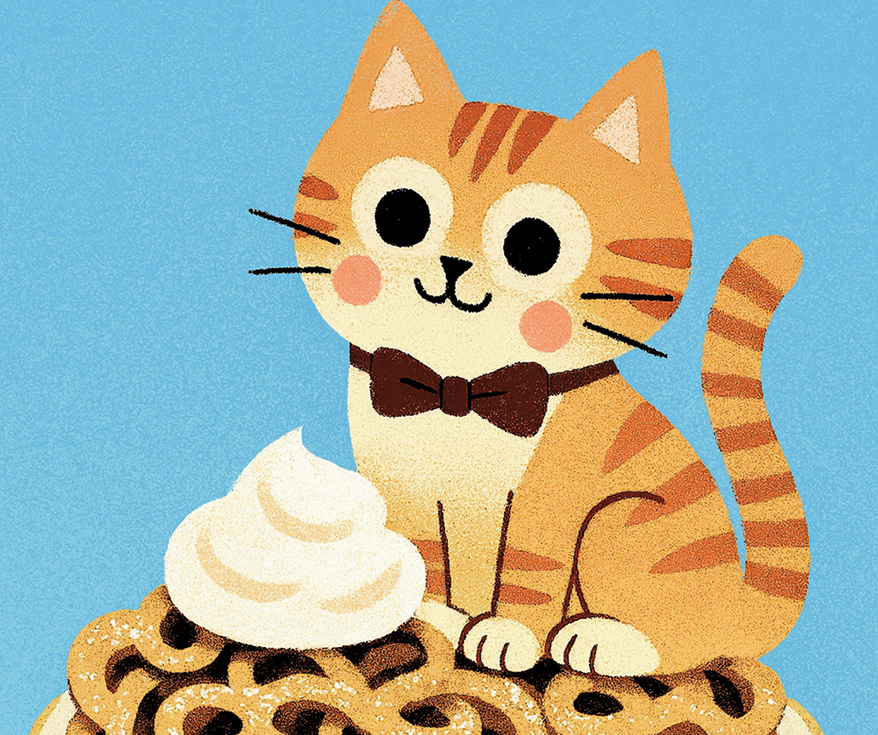
Do you sell any special occasion-only treats? Meaning not healthy for everyday consumption? Think funnel cakes at the amusement park.
| Yes — Pets deserve to indulge from time to time. |
|
72%
|
| No — We don’t carry anything I wouldn’t feed my own pet daily. |
|
28%
|
Which would you rather have?
| A loyal customer who only shops every 6 months — They stock up during special-event sales. |
|
1%
|
| A loyal customer who only shops once a month — They come in to replenish food, treats, etc. for the month. |
|
37%
|
| A loyal customer who shops every week — They like to visit the store weekly, so they only buy what they need for that week. |
|
59%
|
| Other |
|
3%
|
What’s the wildest reason you’ve heard for a product return?

More than a few respondents answered this question with variations of “The customer said the harness just ripped (despite being obviously chewed)” and “My cat wouldn’t eat the food (despite the bag being almost empty).” To those retailers we say, you haven’t heard anything yet. These reasons are truly wild.
- “My dog is scared of the pig ear.”
- “The customer didn’t like the texture of the food when they tried it. Yup, they try everything the pet eats.”
- “Someone brought back a thawed pinky mouse that they said their snake wouldn’t eat because its feet were facing in the wrong direction.”
- “Litter ‘clumped’ too hard.”
- “Canned dog food because the customer said it had maggots in it. It was the rice in the food!”
- “I had a customer try to return a used coat from the previous year because her dog outgrew it.”
- “‘This shirt didn’t fit my child.’ It was a dog shirt!”
- “A customer returned a small stuffed deer because they didn’t want their dog to start chasing deer.”
- “Their pet died … four years ealier.”
- “One person dropped a glass aquarium down their stairs and wanted to return it because it broke. Another left 100 crickets in his truck in belowfreezing weather while he was at the bar for two hours, and they died!”
- “Bought two birds, said one died and one is mean. Bitched at me for five minutes, then realized she was in the wrong store.”
- “A customer returned food because their dog died, but then booked a groom for him.”
- “Dog wouldn’t stop humping it.”
- “Squeaker sounded funny.”
- “‘I just can’t feed my dog pork’ — while exchanging it for something with bacon.”
- “A request to return a grooming brush that was very used looking, saying that his cat didn’t like the brush and it was the brush’s fault.”
- “Her dog was allergic to chicken, and the product had chickpeas. She thought chickpeas and chicken were the same thing!”
- “It’s not wild, but insulting: ‘I need to return this bag of food. My Chewy order came in after all!’”
- “A customer tried to return an item because their pet had peed on it.”
- “The dog didn’t like the harness, which was purchased to keep the dog from pulling the owner down the street.”
- “Years ago, we sold a rather large iguana and it was returned a few days later because it was chasing the customer’s kids down the hall!”
- “Husband thinks the fish-formula dog food smells like his favorite sandwich, and now he can’t stand the smell.”
- “The dead mouse found in the open bag of food kept in the barn on their property.”
- “‘This light bulb didn’t work.’ So I started putting dates on the bulbs.”
- “A feeder that attached to a pet bird cage. ‘I only needed it for when I was on vacation.’”
- “A fish being returned because its color clashed with the decor in the aquarium.”
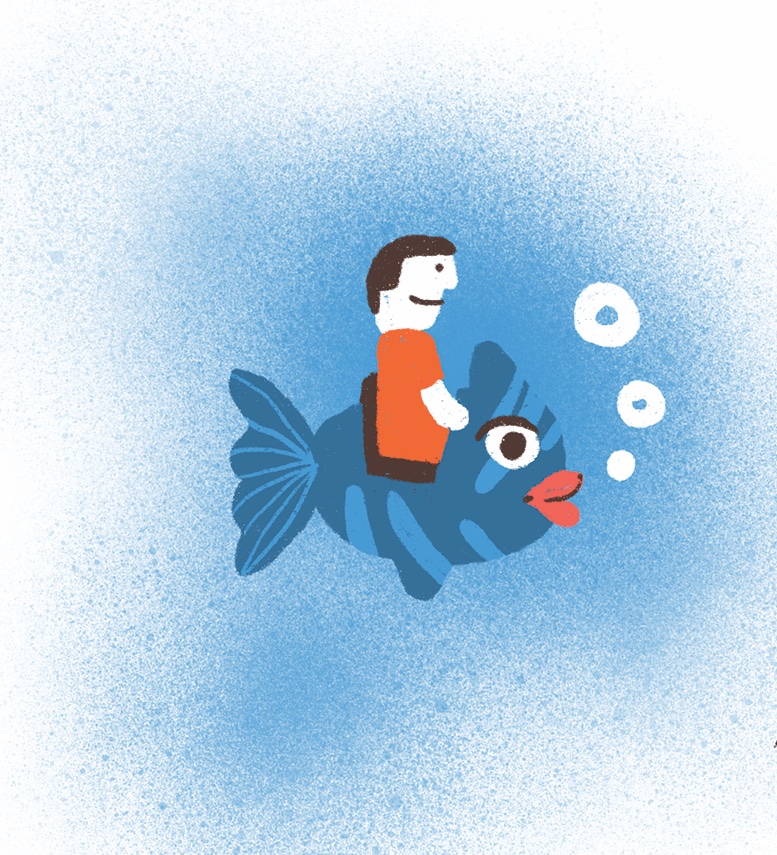
Advertisement
What specific support do you get from vendors? Check all that apply.
Raffle prizes
|
|
45%
|
| Free samples |
|
88%
|
Special promotions outside of regular deals
|
|
68%
|
| Actual money toward my funding requests |
|
11%
|
| Credit toward merchandise for funding requests |
|
29%
|
| Employee feeding programs |
|
47%
|
Employee meals or special outings
|
|
15%
|
| Additional discounts on ISOs or other show specials |
|
58%
|
| Nothing. I’ve never asked! |
|
10%
|
| Other (please specify) |
|
6%
|
Credit for end-cap placement, T-shirts and tiered buying status, “If we spend more than X number of dollars in a year, we get a discount on our everyday price,” were common “Other” answers.
How much inventory do you buy?
| What fits on the shelf — I have no storage. |
|
28%
|
| What fits on the shelf — I don’t have funds to buy deep. |
|
22%
|
What I will sell in 2 to 3 months
|
|
43%
|
What I will sell in 6 months
|
|
6%
|
What I will sell in 1 year
|
|
1%
|
As expected, the bigger the business, the more room they have to buy, store and display their inventory. Interestingly, the larger businesses (those doing more than 100k a year) appeared to have better turn rates, with close to 80% of these stores buying goods for a two-to-three-month turnaround period.
Rank these purchasing qualities in a brand partner, from most to least desirable:

*Weighted average score based on ranking 1-5
Rank these support qualities in a brand partner, from most to least desirable:
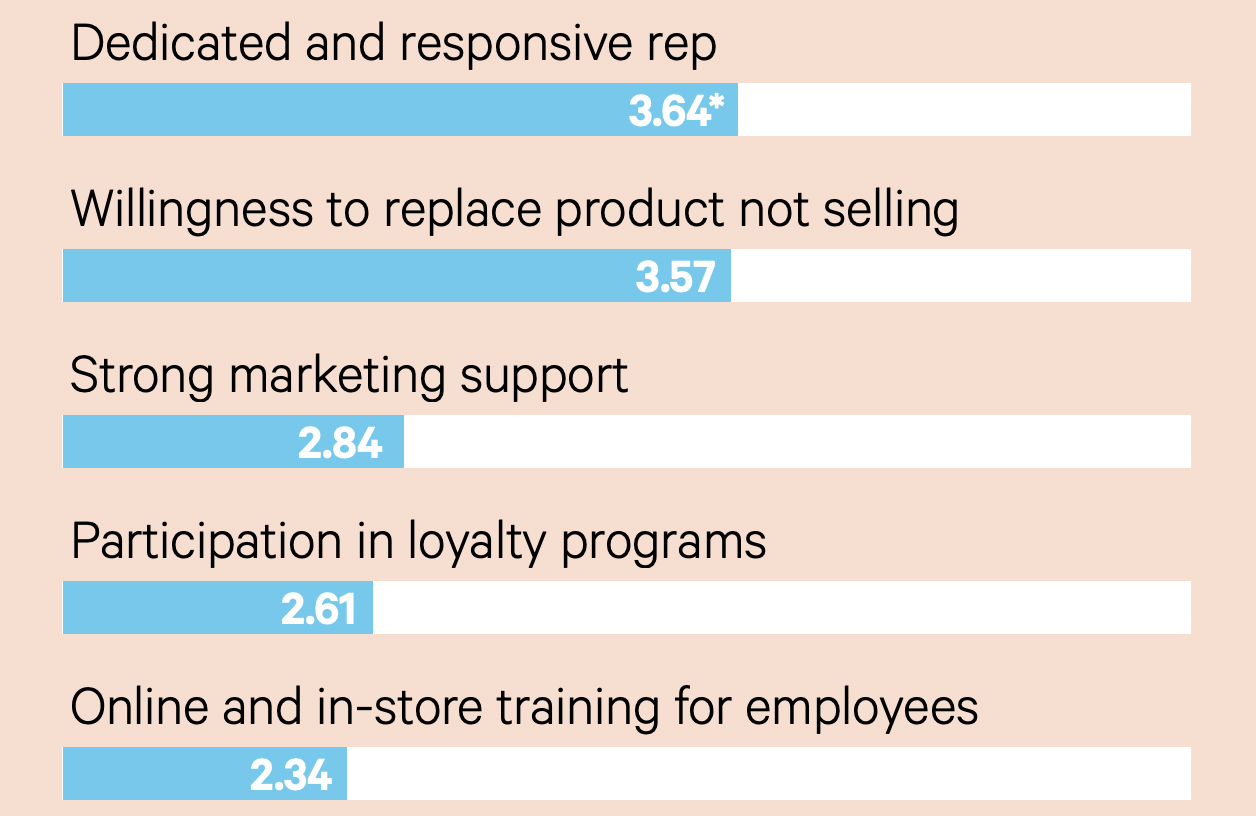
*Weighted average score based on ranking 1-5
Candace D’Agnolo Tip: These results show that while all brand support qualities matter, a dedicated and responsive rep stands out as most valued. And for good reason — great reps can unlock extra margin, training, promos and real partnership opportunities. If you’re not getting that level of support, ask for it. Brands want strong retail partners, too, and that conversation can open doors to better programs and profitability.
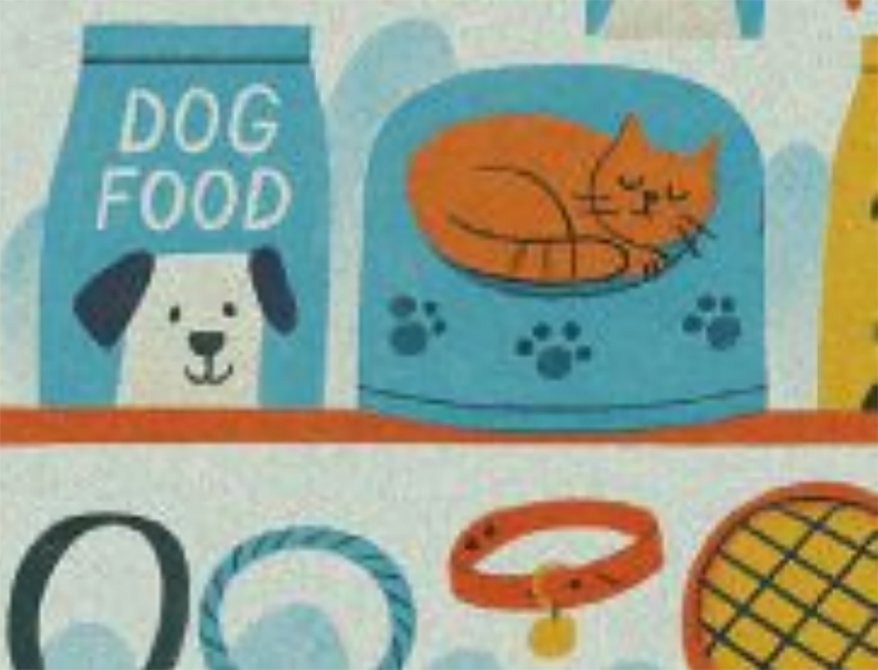
Which product categories do you private label? Check all that apply:
Food
|
|
7%
|
| Treats |
|
24%
|
Chews
|
|
11%
|
| Accessories |
|
12%
|
| Gifts |
|
9%
|
| Toys |
|
7%
|
Collars, Leashes
|
|
6%
|
| I don’t private label any products. |
|
65%
|
Candace D’Agnolo Tip: Private label is a huge missed opportunity for many independent pet businesses. With 65% not offering it, there’s plenty of untapped potential. Treats and chews are an easy entry point with low minimums and great margins. Plus, customers can only get your private label products from you, increasing loyalty and repeat visits. Even testing a small launch can set your store apart and strengthen your brand.
Advertisement
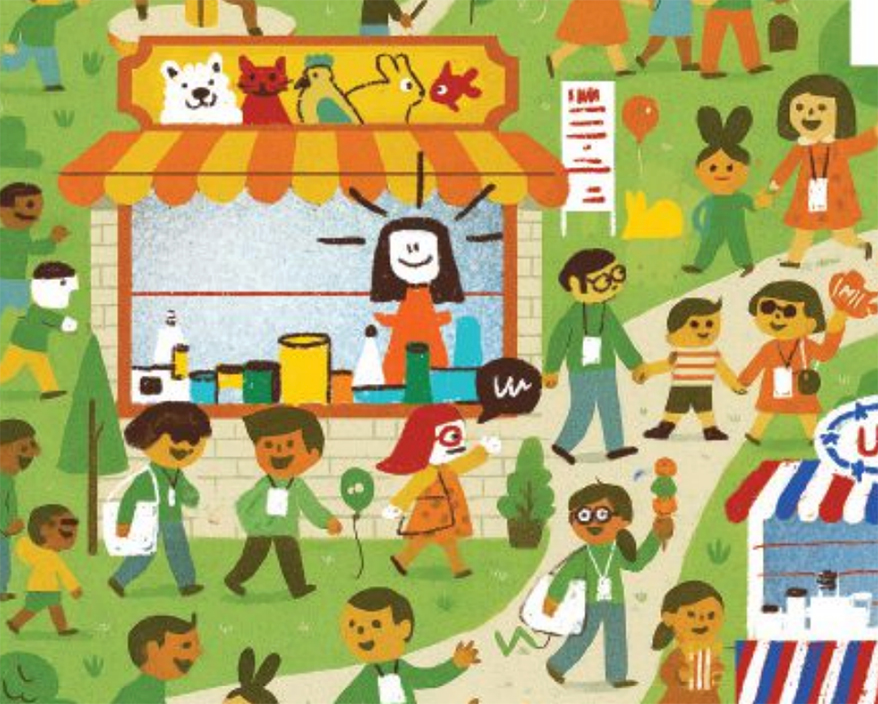
How do you prefer to connect with new-to-you vendors at a show?

How important are show specials in your decision to place an order?
| Very — I only place orders with brands that offer them |
|
30%
|
| Somewhat — A good special can sway me to place an order |
|
56%
|
Not at all — If I want it, I buy it even without a special.
|
|
14%
|
How much of your buying happens at or because you attended a trade show?
I don’t go to trade shows
|
|
15%
|
| 1-20% |
|
49%
|
21-40%
|
|
19%
|
| 41-60% |
|
10%
|
| 61-80% |
|
5%
|
| 81-100% |
|
2%
|
As a general rule, the larger the pet business, the more of their inventory they buy at trade shows. Most stores doing less than $100k a year in sales said they source less than 20% of their inventory from trade shows, while for larger businesses (more than $100k), a significant portion do 40% or more of their buying at trade shows.
What percentage of the products you carry are made in the U.S.?

Has that number changed in 2025?
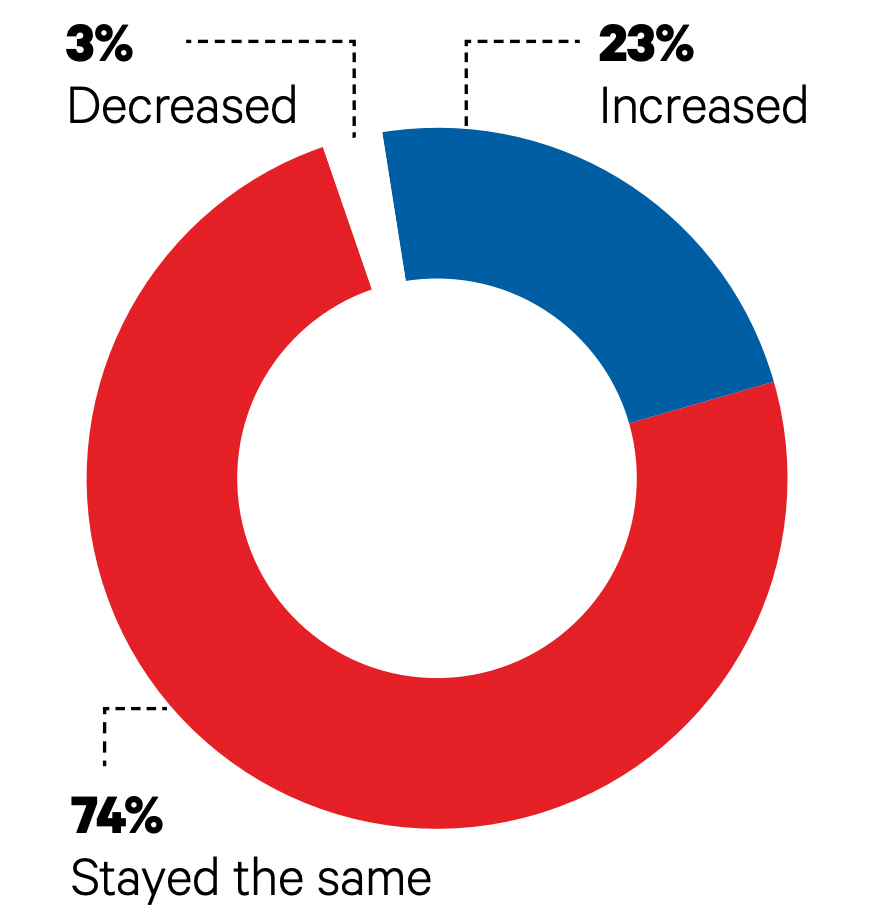
The bump most likely stems from tariffs increasing the wholesale cost of products made outside the country.
What has been the single biggest investment you’ve made in your pet business?
Buying their buildings and/or remodeling existing spaces were common as was the cost of POS systems. Of those who shared ROI, equipment supporting fresh food sales and grooming services have paid the highest returns.
- “I recently brought in groomers and had to upgrade my self-serve dog wash area to make it more usable for them. I’ve spent around $5k, but they have already brought in $150k in sales, so I see it as a win!”
- “New turf in the play yards: $230k.”
- “Inventory consultants: $1k per store per month. We learned a lot, but it did not pay for itself so we let them go.”
- “Paying for trade shows as a business expense. The return has been tenfold, in finding out about new products and wholesalers.”
- “I moved our bakery, expanded it and added wholesale: $200k.”
- “Thera-Clean Microbubbles: $8k.”
- “Rebranding with updated logo, colors, mood board, story and guidlines: $100k. Took a year to complete and two years to pay off. They did a fantastic job, but I believe it cost more than it should have.”
- “A forklift during Covid: $39k.”
- “Our walk-in freezers: $150k. They give us the ability to carry more inventory, dodge distributor stock-outs, have better stock rotation and storage of kitchen items.”
- “We joke that our floors are the most expensive part of our store: sealed concrete, $20k-$25k.”
- “Shelving for three stores: $75k due to tariffs.”
- “Repaving our parking lot: $13k.”
- “Our work van, bought new and vinyl wrapped. We service aquariums, so it’s mainly used for that. It’s been great to have, and people love seeing it!”
- “$12k on a business mastery program. I did not get the information and outcome I was expecting, but I left with a much stronger understanding of my finances, and that probably prevented my business from shuttering, so in hindsight, I guess it was worth it!”
- “A 30-by-60-foot pole barn to have indoor space for the dogs. Cost around $60k in materials, but my partner built it himself.”
- “Glass-front freezers, $5k each. Sales of fresh-food products have doubled.”
- “E-commerce: $125k a year. Results: fastest growing part of our business.”
- “$50k to replace our digital store sign.”
- “We replaced/upgraded most of our freshwater and saltwater fish selling/holding systems. Over $100k. Results have been healthier fish (less loss), more inventory space (more selection) and MORE SALES!”
- “$160k a year to hire a manager I can trust. It has allowed me to basically retire, as the only things I am responsible for are paying the bills and paying the employees.”
- “A special food printer for our bakery: $5,500.”
- “Addition of boarding rooms: $10,000 investment that we recovered in one year.”
Advertisement